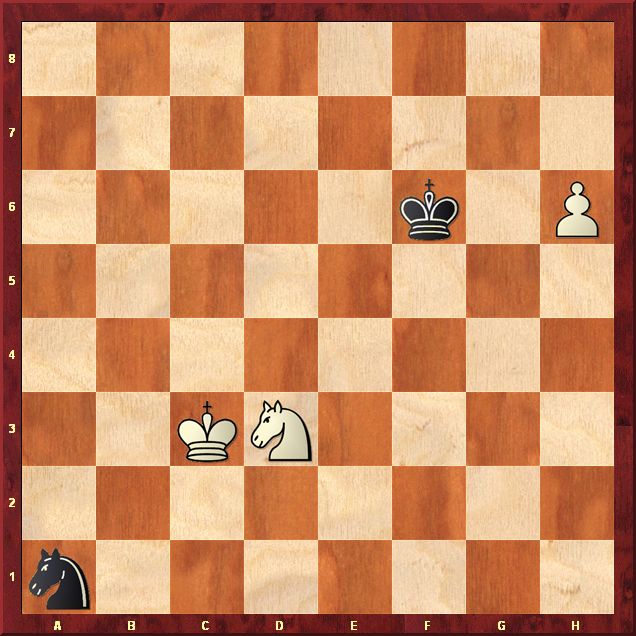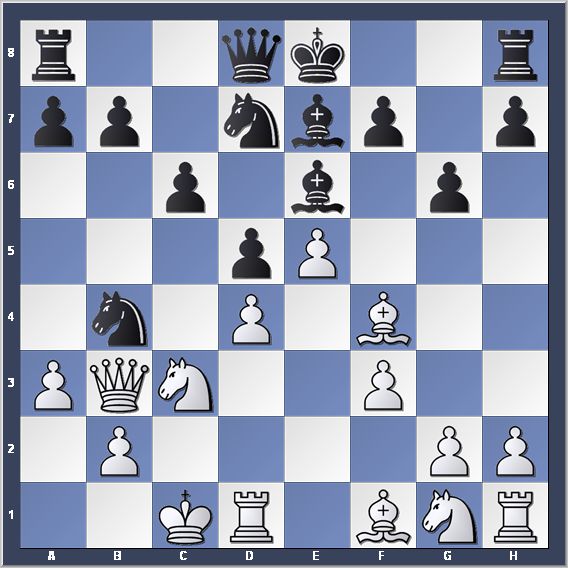UCI and Fire.cfg options:
Hash, System, UCISpin, 1, 65536, 128,
Pawn Hash, System, UCISpin, 1, 1024, 8,
Max Threads, System, UCISpin, 1,
MultiPV, System, UCISpin, 1, 250, 1,
AN Split Depth, SMP, UCISpin, 10, 20, 10,
CN Split Depth, SMP, UCISpin, 10, 20, 10,
PV Split Depth, SMP, UCISpin, 10, 20, 10,
Pawn, Eval, UCISpin, 50, 200, 100,
Knight, Eval, UCISpin, 150, 500, 320,
Bishop, Eval, UCISpin, 150, 500, 330,
Rook, Eval, UCISpin, 300, 700, 500,
Queen, Eval, UCISpin, 500, 1600, 980,
Bishop Pair, Eval, UCISpin, 1, 150, 50,
Piece Value Set, Eval, UCISpin, 0, 21, 00,
Draw Weight, Eval, UCISpin, 50, 200, 100,
King Safety Weight, Eval, UCISpin, 50, 200, 100,
Material Weight, Eval, UCISpin, 50, 200, 100,
Mobility Weight, Eval, UCISpin, 50, 200, 100,
Pawn Weight, Eval, UCISpin, 50, 200, 100,
Positional Weight, Eval, UCISpin, 50, 200, 100,
PST Weight, Eval, UCISpin, 50, 200, 100,
Lazy Eval Min, Search, UCISpin, 1, 300, 150,
Lazy Eval Max, Search, UCISpin, 1, 600, 300,
Aspiration Window, Search, UCISpin, 1, 100, 8,
Delta Cutoff, Search, UCISpin, 20000, 30000, 25000,
Depth Red Min, Search, UCISpin, 2, 24, 12,
Height Multiplier, Search, UCISpin, 2, 128, 64,
History Threshold, Search, UCISpin, 2, 100, 50,
Min Depth Multiplier, Search, UCISpin, 2, 96, 48,
Min Trans Move Depth, Search, UCISpin, 2, 32, 16,
Null Reduction, Search, UCISpin, 1, 16, 8,
Prune Pawn, Search, UCISpin, 1, 300, 150,
Prune Minor, Search, UCISpin, 1, 1000, 500,
Prune Rook, Search, UCISpin, 1, 1600, 800,
Prune Check, Search, UCISpin, 1, 30, 10,
QS Alpha Threshold, Search, UCISpin, 50, 400, 200,
Search Depth Min, Search, UCISpin, 2, 40, 20,
Search Depth Reduction, Search, UCISpin, 2, 12, 6,
Top Min Depth, Search, UCISpin, 2, 28, 14,
Undo Count Threshold, Search, UCISpin, 2, 30, 15,
Value Cut, Search, UCISpin, 1000, 30000, 15000,
Verify Null, Search, UCICheck, 0, 0, true,
Verify Reduction, Search, UCISpin, 1, 16, 2,
Split at CN, SMP, UCICheck, 0, 0, true,
Ponder, Other, UCICheck, 0, 0, false,
Time Easy Factor, "Time", UCISpin, 10, 100, 15,
Time Easy Factor Ponder, "Time", UCISpin, 10, 100, 33,
Time Battle Factor, "Time", UCISpin, 10, 500, 100,
Time Normal Factor, "Time", UCISpin, 10, 500, 75,
Time Absolute Factor, "Time", UCISpin, 10, 100, 25,
CPU Load Info, Other, UCICheck, 0, 0, false,
Current Move Info, Other, UCICheck, 0, 0, false,
Depth Info, Other, UCICheck, 0, 0, false,
Hash Full Info, Other, UCICheck, 0, 0, false,
Low Depth PVs, Info, UCICheck, 0, 0, false,
NPS Info, Other, UCICheck, 0, 0, false,
TBHit Info, Info, UCICheck, 0, 0, false,
Verbose UCI, Info, UCICheck, 0, 0, false,
Extend In Check, Other, UCICheck, 0, 0, false,
Write Log, Other, UCICheck, 0, 0, false,
Use Robbobases, RobboBases, UCICheck, 0, 0, false,
TripleBase Directory, RobboBases, UCIString, 0, 0, 0,
Unload TripleBases, RobboBases, UCIButton, 0, 0, 0,
TotalBase Directory, RobboBases, UCIString, 0, 0, 0,
Deregister TotalBases, RobboBases, UCIButton, 0, 0, 0,
TotalBase Cache, RobboBases, UCISpin, 1, 1024, 1,
Dynamic TripleBase Cache, RobboBases, UCISpin, 1, 65536, 1,
TripleBase Hash, RobboBases, UCISpin, 1, 4096, 1,
Verbose RobboBases, RobboBases, UCICheck, 0, 0, false,
Bulk Load Directory, RobboBases, UCIString, 0, 0, 0,
Bulk Load Name, RobboBases, UCIString, 0, 0, 0,
Bulk UnLoad Directory, RobboBases, UCIString, 0, 0, 0,
Bulk UnLoad Name, RobboBases, UCIString, 0, 0, 0,
Get FEN String, Other, UCIButton, 0, 0, 0, |








































